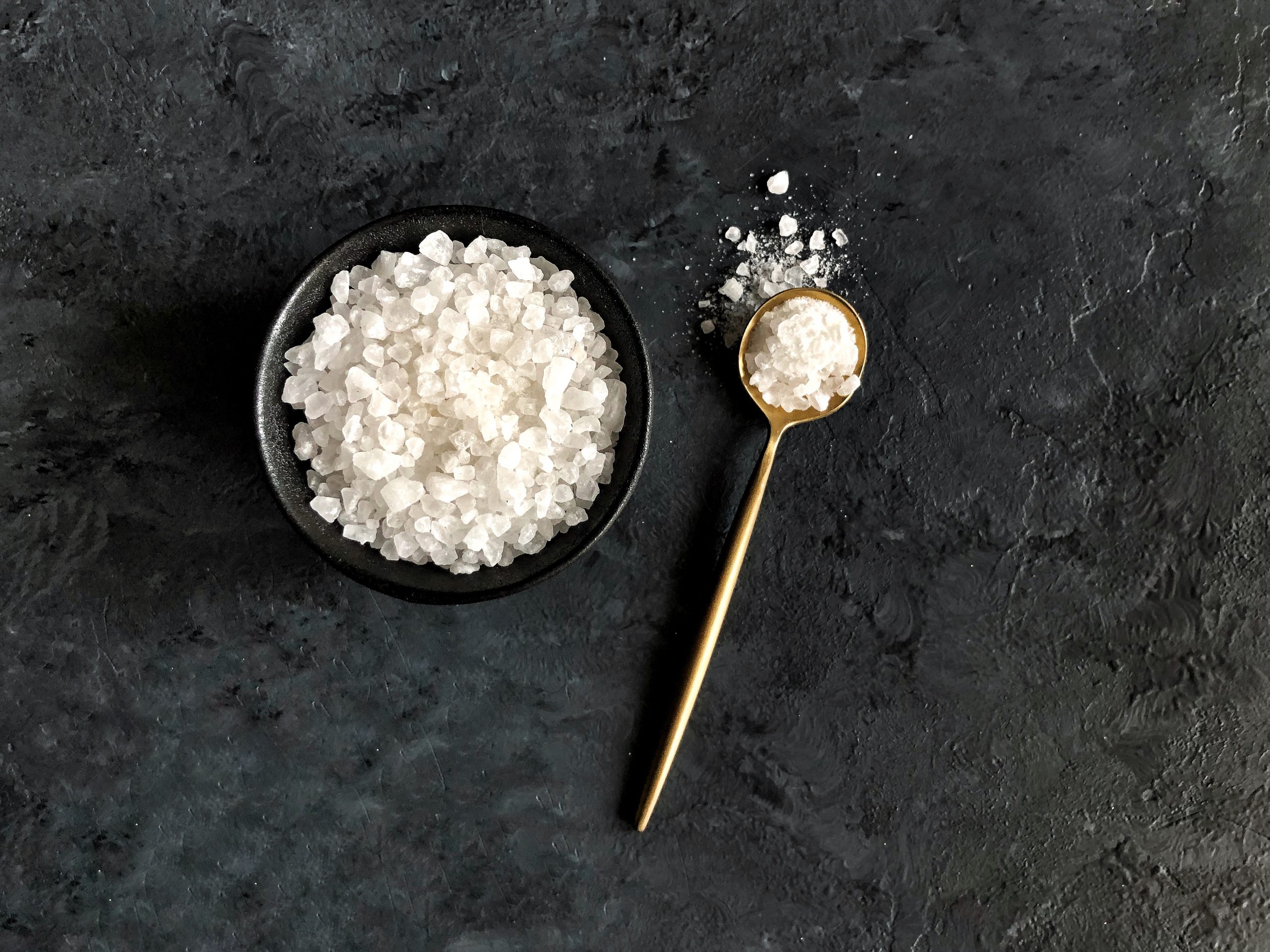Before soy sauce became a preferred seasoning in Japan, there was salt.
One of the original sources of salt in Japan was from animals’ intestines, back in primitive days. As rice gradually replaced meat as a main staple, a different source of salt was sought.
As Japan is surrounded by water, the most plentiful resource of salt was the sea (even now, the sea remains the only source of salt for Japan). However, methods of extraction were inefficient and complicated, resulting in poor storage and limited supplies. To combat this problem, sea salt was commonly mixed with something else.
Hishio, a mixture of sea salt and fibres and proteins from animal or plant sources, was the result. It was deliciously fermented, whether it was mixed with grains, meat/fish, or plants such as seaweed or carrots. Hishio served as a nutritious seasoning, and its development was vital to the history of Japanese cuisine. In fact, it is credited as the first step in the evolutionary process toward the creation of both miso and Japanese style soy sauce (in collaboration with the techniques introduced from China), as well as Japan’s famous drink, sake.
